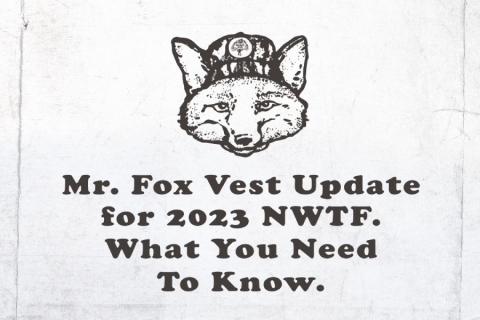Heath Wood
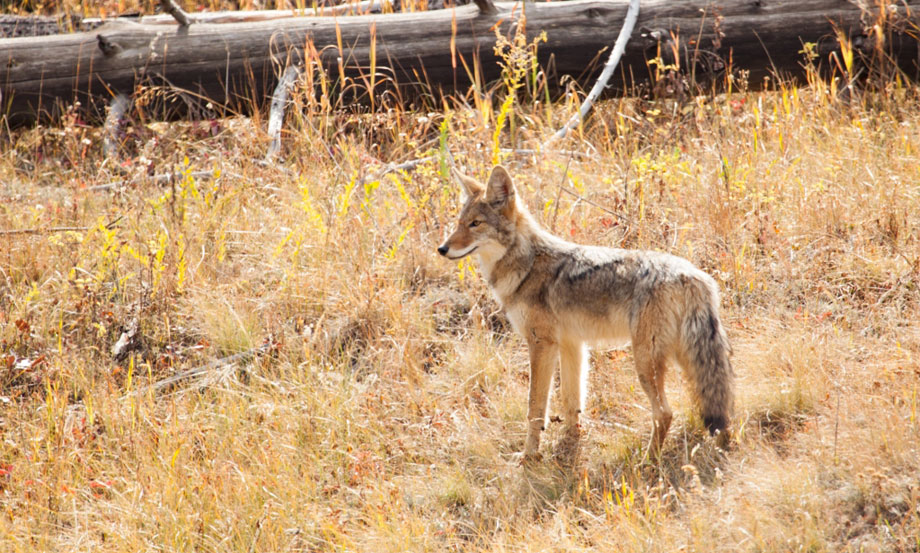
For 25 years, much of my predator knowledge has been obtained from hunting and calling coyotes and bobcats. Most hunters gain an additional understanding of predators and acquire tips and tricks to be more successful by spending time in the field. When hunters learn more about the animals they are hunting, instead of only focusing on the hunting tactics, they become more prosperous outdoorsmen.
When learning the traits of a coyote, their top two defenses of smell and sight are the most dominant traits that should be noted. When calling for coyotes, it is imperative to be aware of wind direction to prevent being smelled. The other challenge comes from staying quiet and motionless to prevent being spotted, which typically results in a failed harvest. As for bobcats, they often rely on their keen eyesight and hearing when approaching the sounds of a free meal. When any movement is detected, they, too, can end a hunt in a split second.
In recent years, I have tried to widen my horizon as a self-proclaimed predator control specialist by incorporating trapping through the winter to help aid in harvesting more coyotes and bobcats. As with hunting, the more invested I have become in trapping, the more I see the need to learn about the natural habits of the predators I attempt to trap. As I studied how to attract more predators to my traps, I surprisingly found that the same characteristics that improved my calling success would soon be the answer to how to increase my odds as a trapper as well. When I began centering my coyote traps around their sense of smell and eyesight and focused my bobcat sets on sight and sound, I soon increased the number of predators I harvested. Below are three creative ways to attract predators to traps.
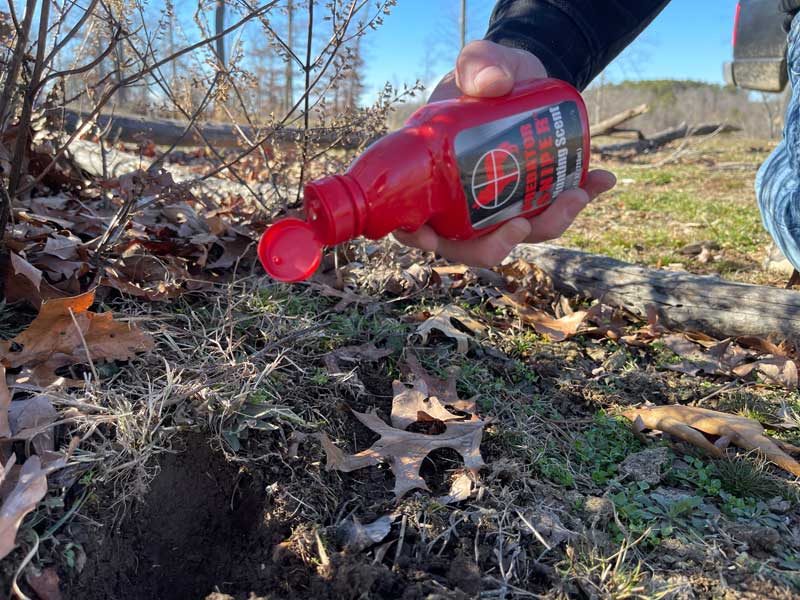
READ NEXT: The Dying Art That Shaped America: Targeted Trapping
Realistic Approach (coyotes)
A coyote can be one of the most cautious animals one has ever attempted to trap. Coyotes constantly rely on their sense of smell and their eyesight for everyday survival efforts, so when drawn towards a trapping set that is lured with food or the scent of another coyote, if everything is not in a natural setting, they become hesitant to come any closer and often balk at the opportunity of getting into the trap.
To create a more realistic scenario, trappers can often use natural coyote droppings and coyote scent to ensure that the smell they are attracted to is typical. By providing scent and something visual, they become more relaxed and often commit to the area where the trap has been set. Some veteran trappers have even kept one leg from a previously harvested coyote, then used it to create realistic tracks in the dirt near their trap set.
Crime Scene (coyotes and bobcats)
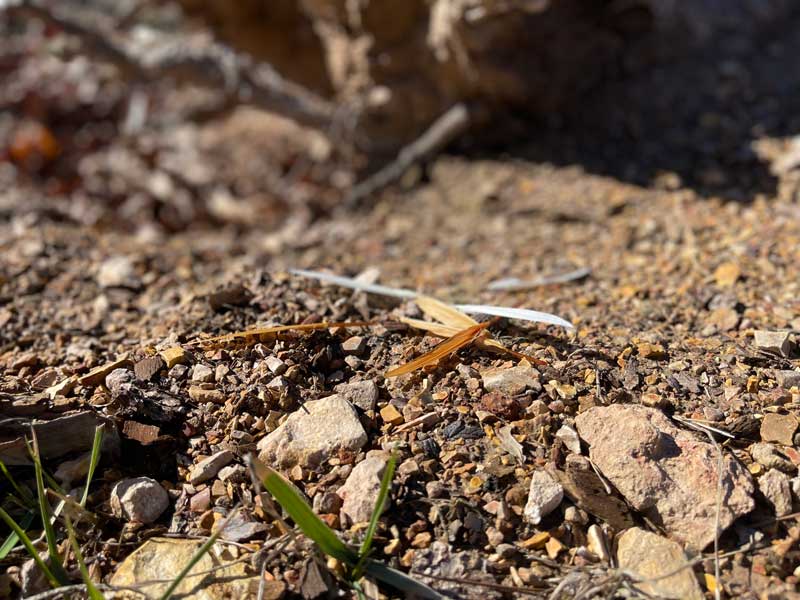
When accompanying a good friend of mine while checking his morning trap lines, I witnessed him taking the wing of a chicken from the back of his truck and using it to help bait his trap set. When asked where he got the wing and why he placed it near his trap, he explained that coyotes and bobcats are both curious animals and constantly seeking a free meal. Two days before the morning trap line check, a raccoon had found its way into my friend's chicken coop and made one of the chickens his meal for the night. After cleaning up the crime scene in his backyard, he decided to relocate the feathers and remains near his traps to grab the attention of a hungry predator who may stroll through.
When trying to re-create an area where a meal has been eaten, trappers can use feathers lying on the ground or tied to a string so that the wind can create a movement that causes both coyotes and bobcats to become attracted naturally. I have also witnessed and tried to use rabbit fur, a rodent carcass, and other natural prey to help bait the area near my traps.
When coyotes and bobcats have a visible object that entices them to investigate, they become more likely to be drawn closer to the scents and lures that traps have been set with. Once a predator has traveled to this point, it will typically take the last few steps before becoming trapped.
Yard Sale Set (bobcats)
When understanding how to grab the attention of a bobcat and lure them to my electronic caller, I often refer to the mannerisms of a house cat. When a cat is lying around or relaxing, what would happen if you began wiggling a piece of string or moving a feather around quickly? The cat would immediately make eye contact with the movement and then investigate. The same concept applies when trying to lure a bobcat into shooting range while calling or getting them closer to traps.
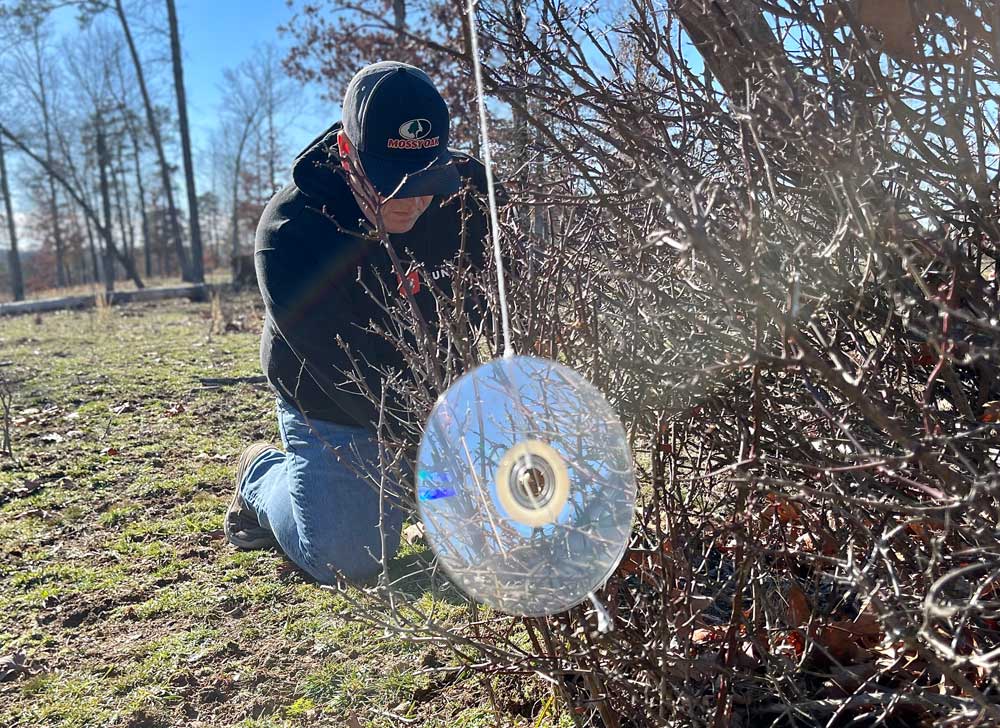
READ NEXT: Best Sounds for Calling Bobcats
I like to refer to this attractive setup as the yard sale setup. Using old Christmas decorations such as ball ornaments or stringy garlands and hanging them near traps helps to create a shine and excessive movement that will attract the attention of nearby bobcats. More creative objects that can attract bobcats are old compact discs and DVDs. Discs once used to play music or watch movies, can now be a productive method in a bobcat harvest. As with old Christmas ornaments, a common place to find CDs, and DVDs, is at a yard sale or a resale shop.
Trappers can use a small length of string or fishing line and tie one of the CDs or DVDs on a limb or nearby the traps. The natural movement of the wind makes the round disc spin swiftly, and the back will shine in the light, thus attracting a bobcat to investigate.














